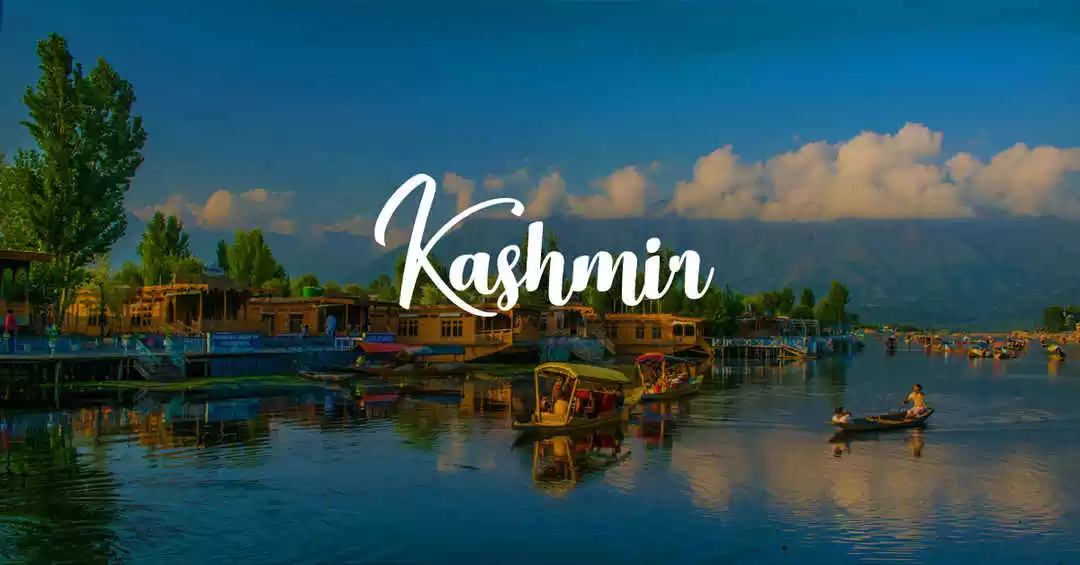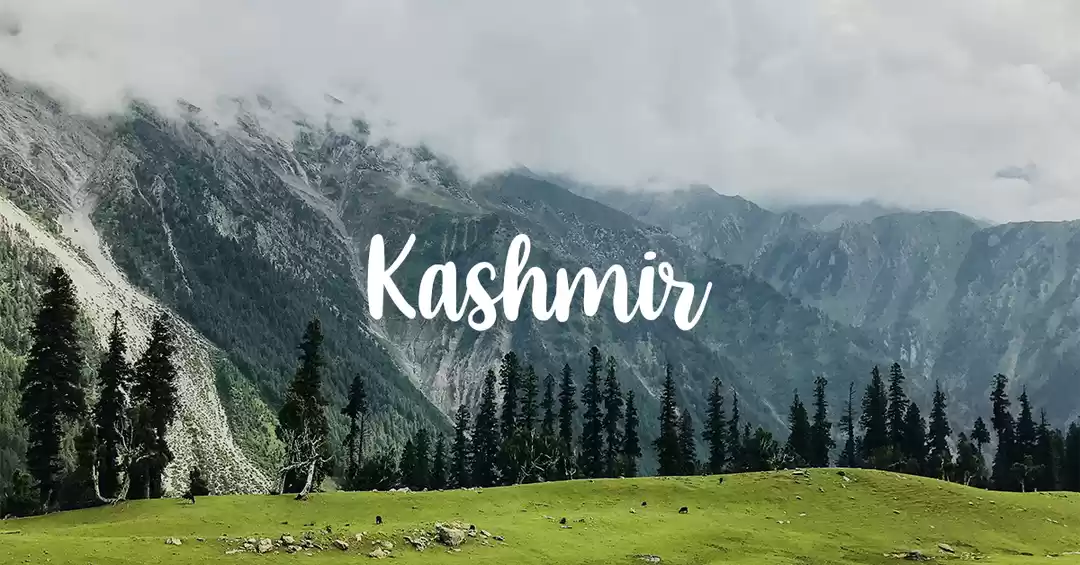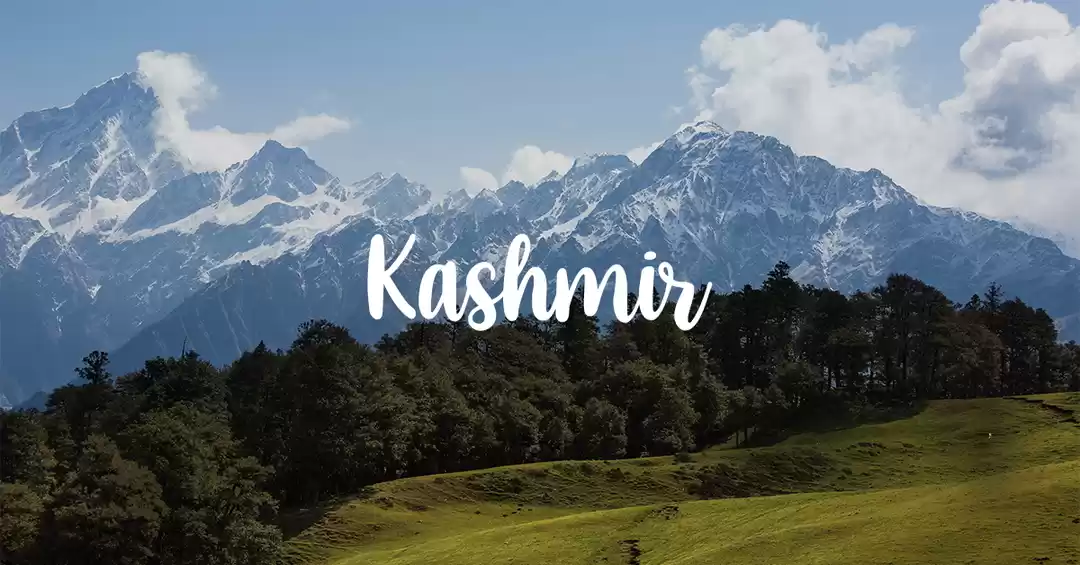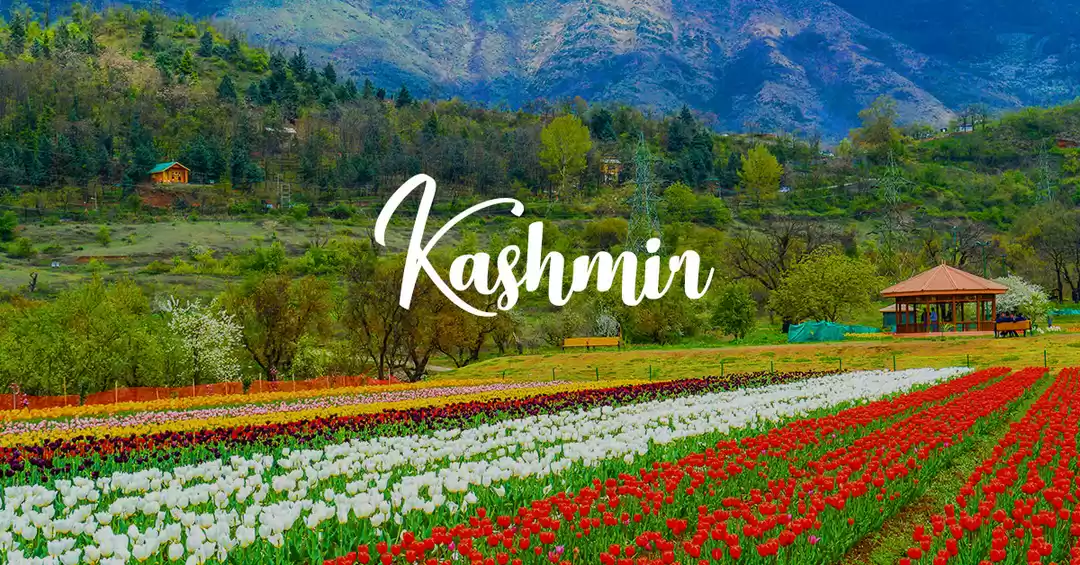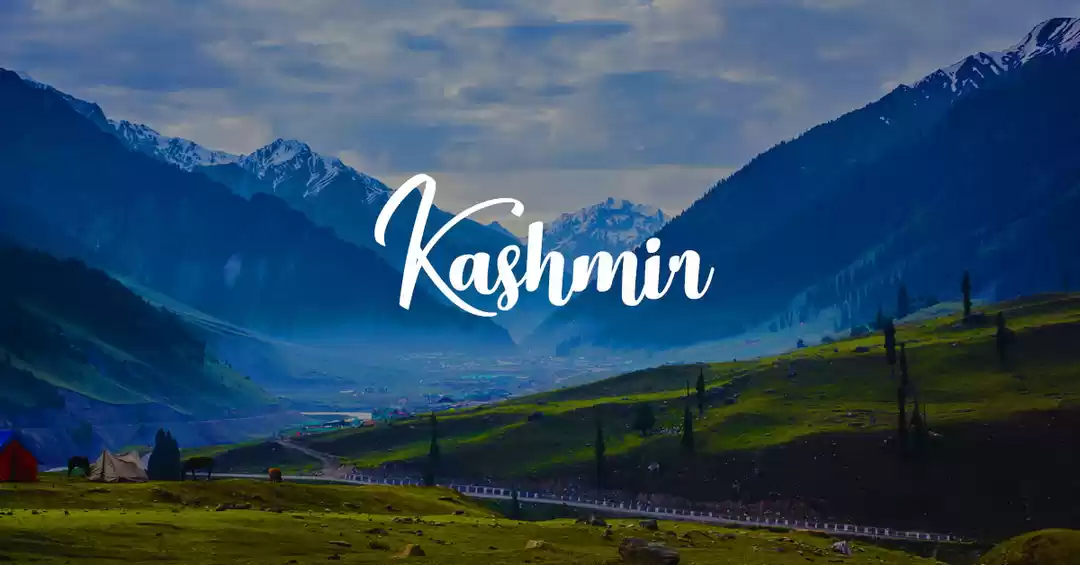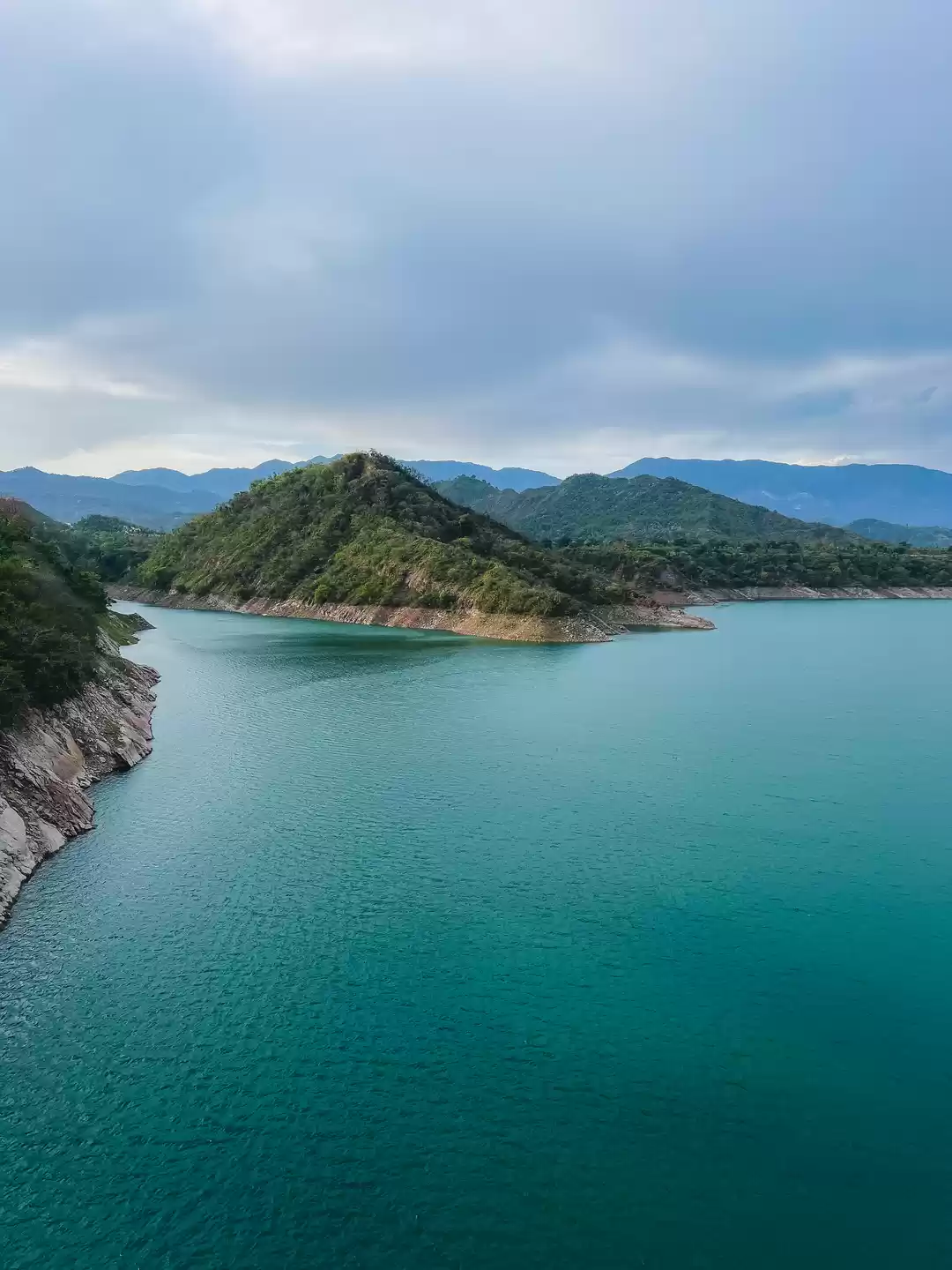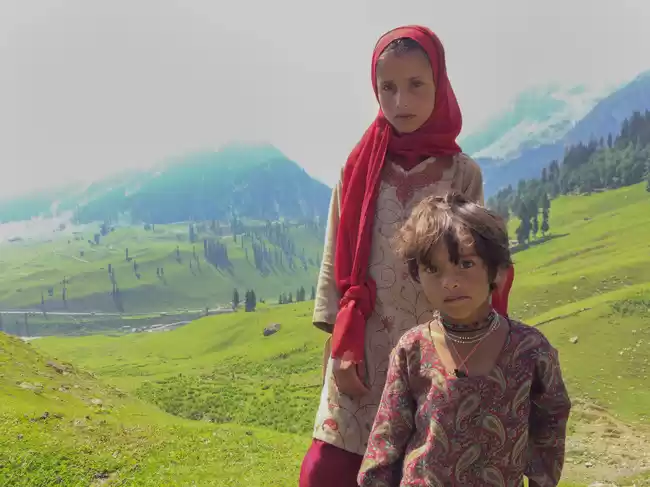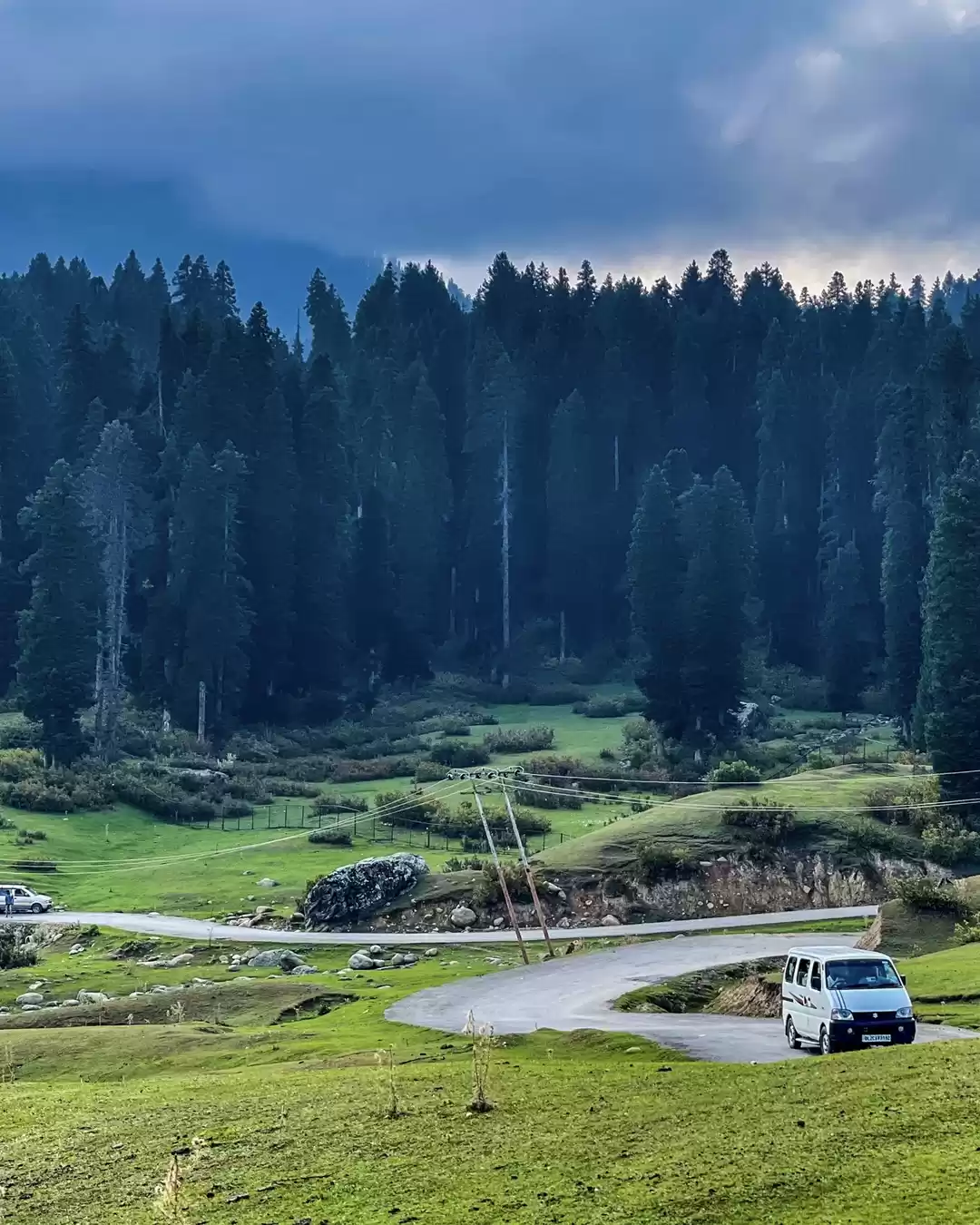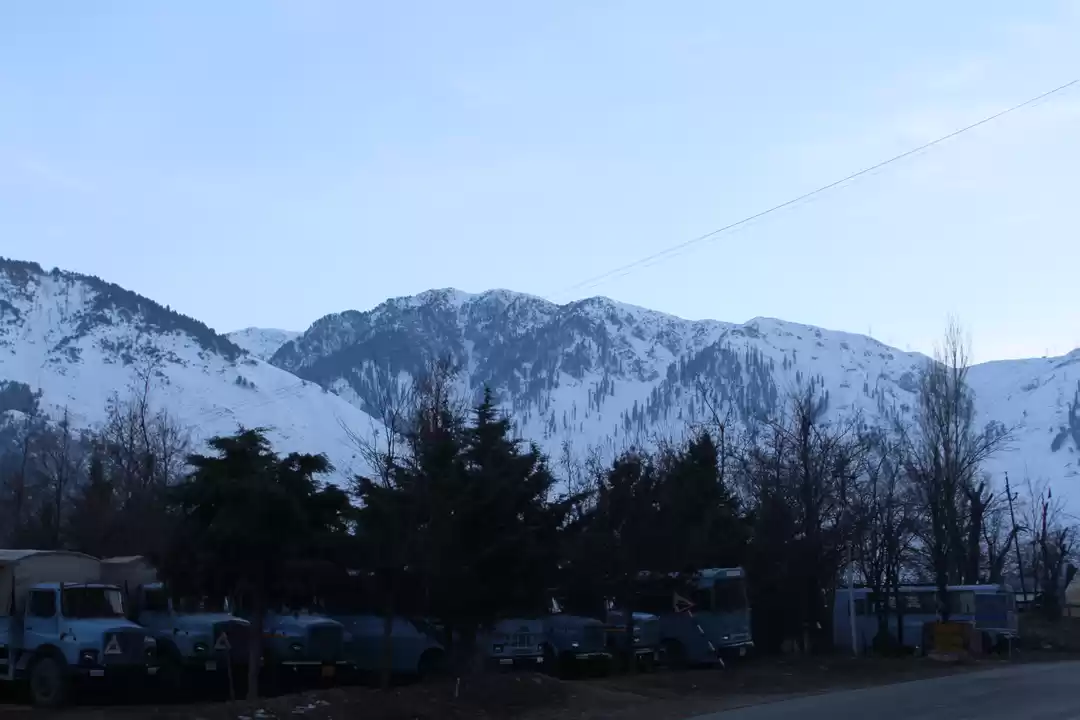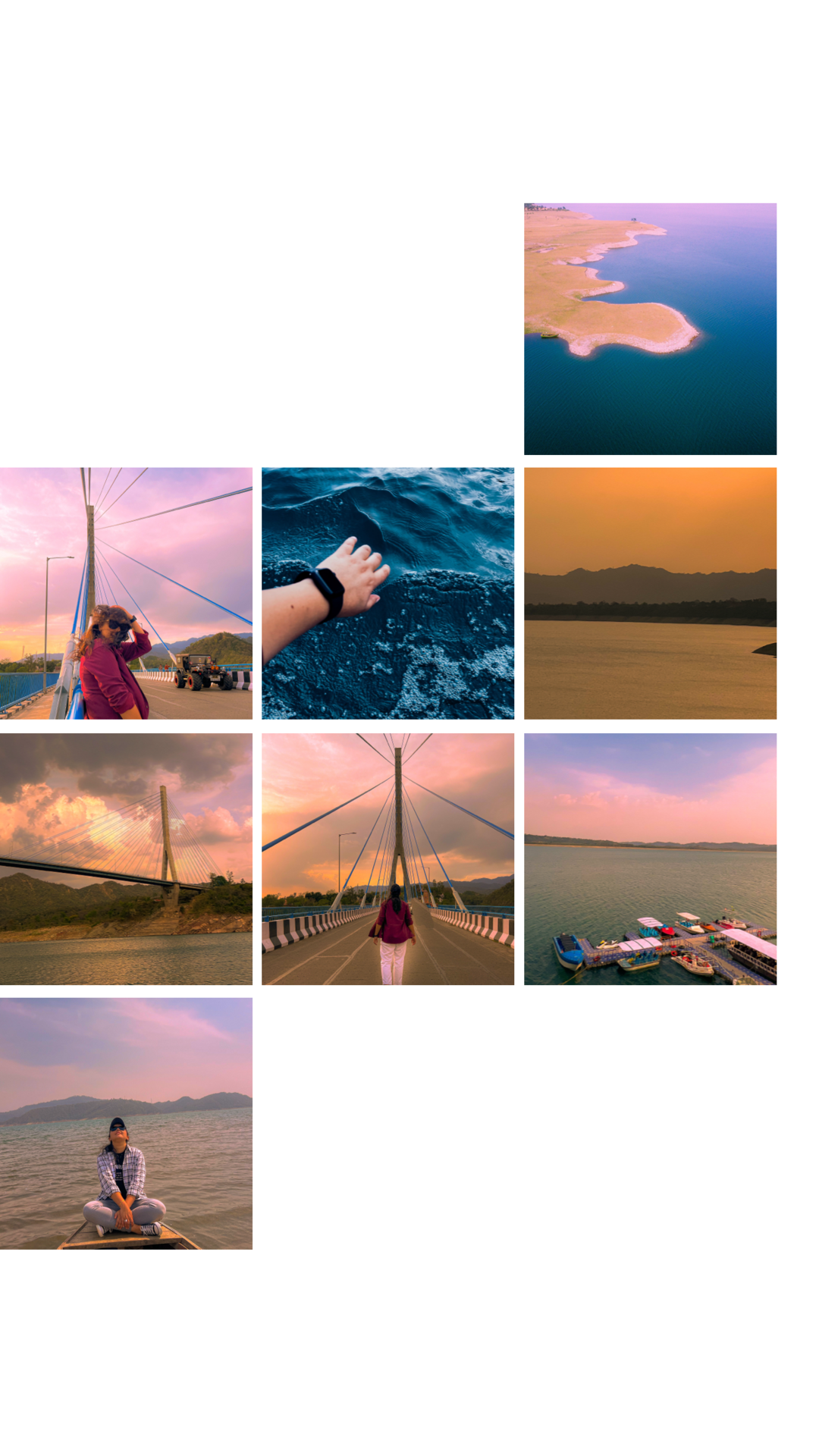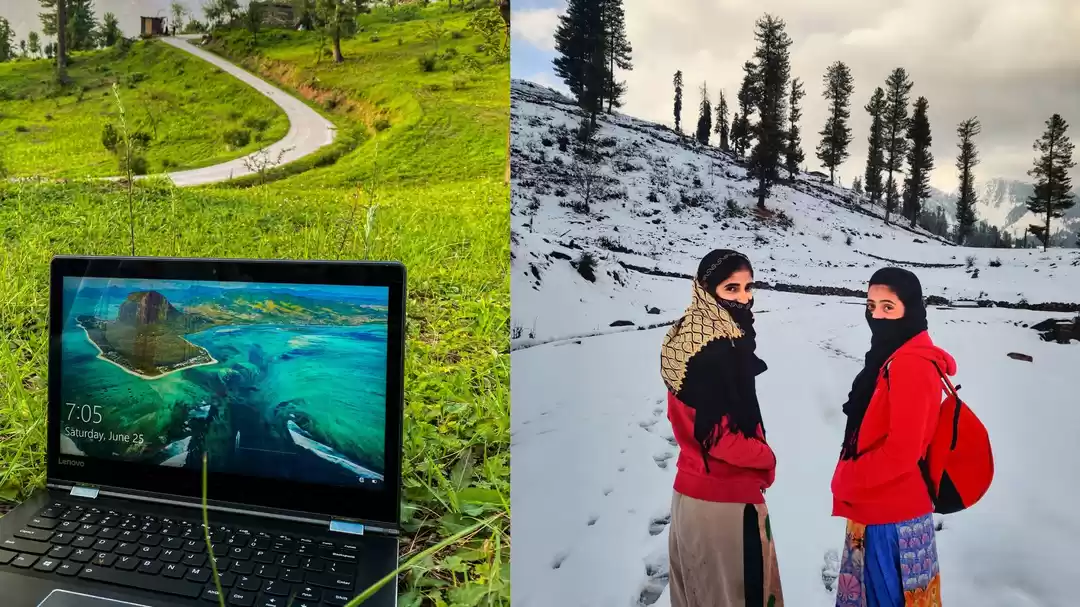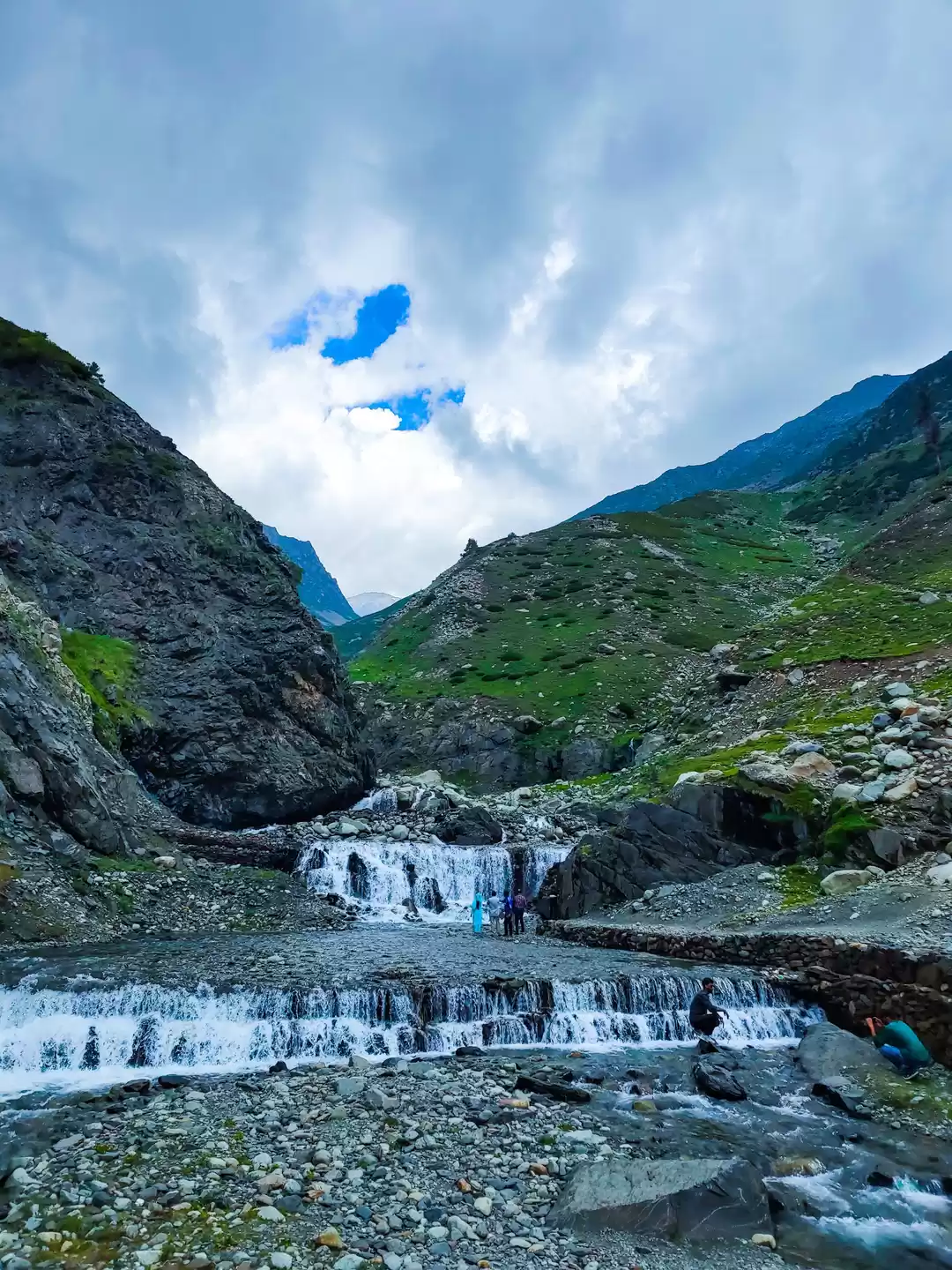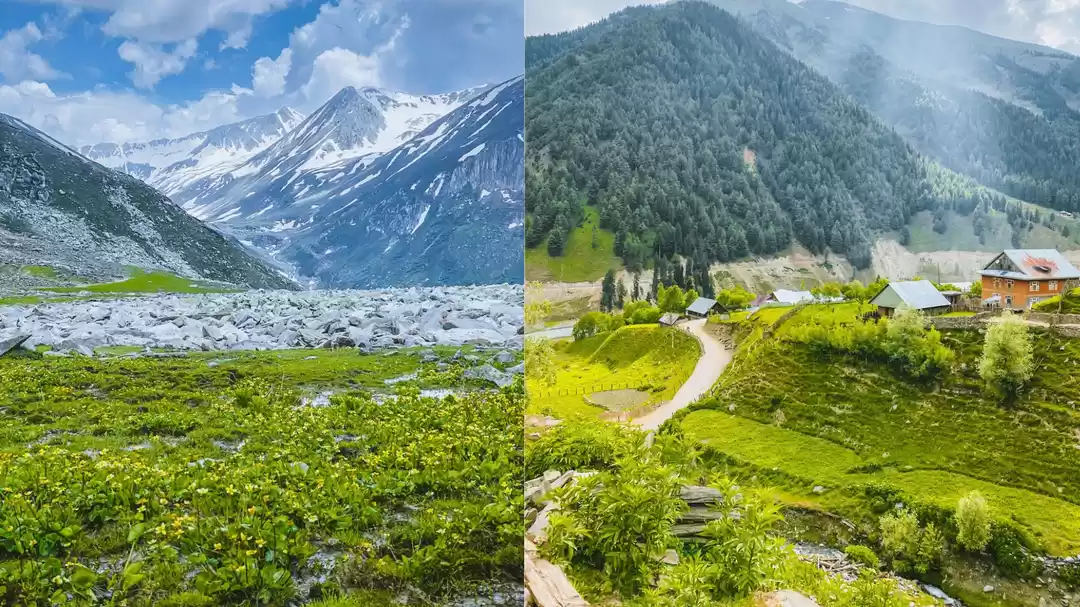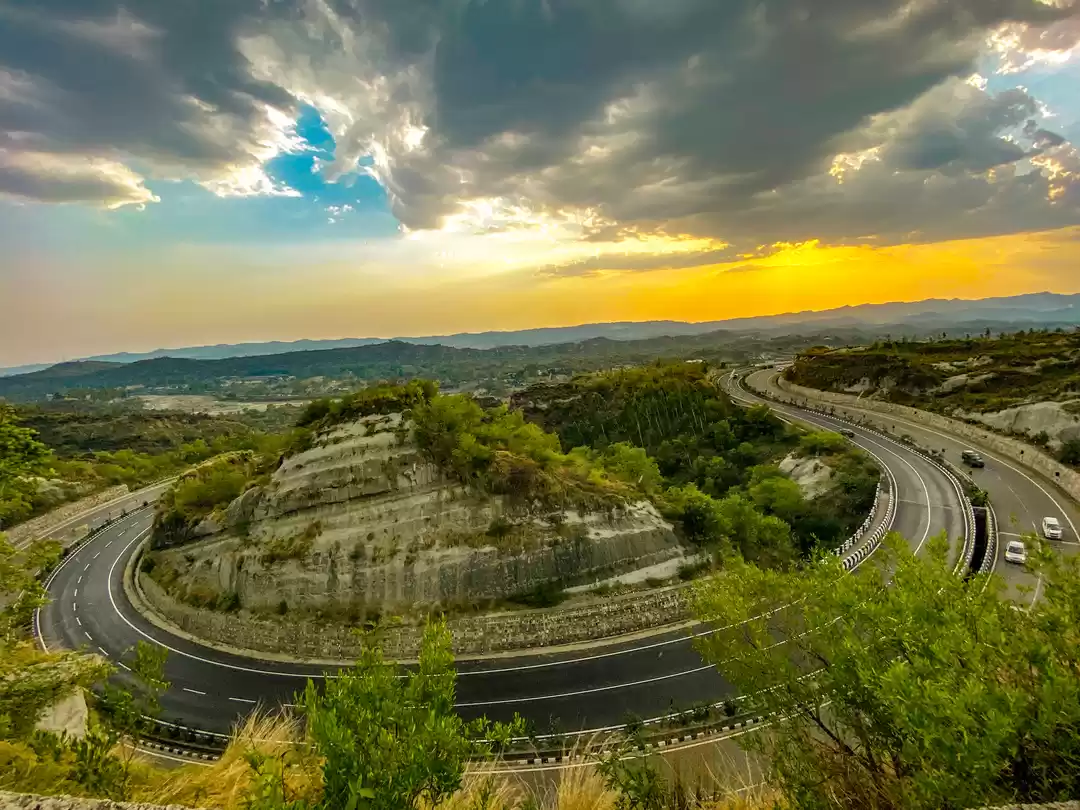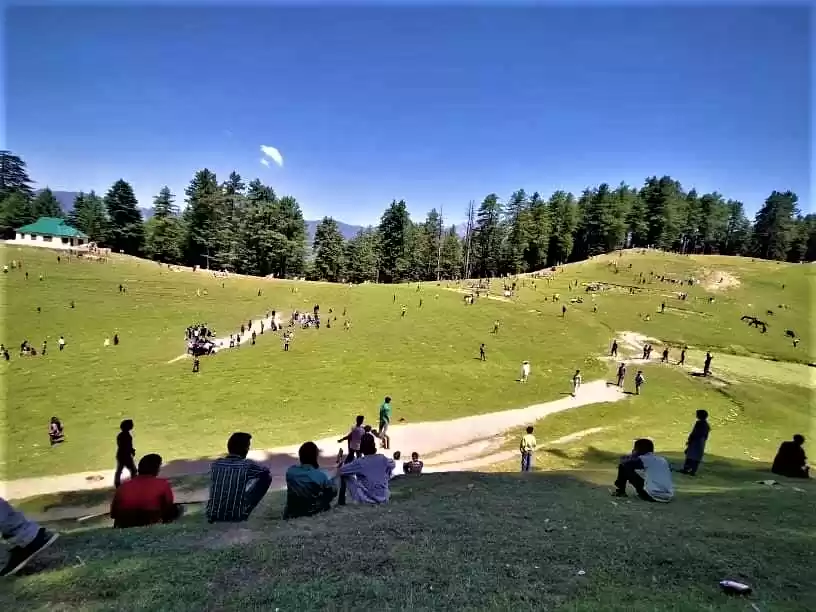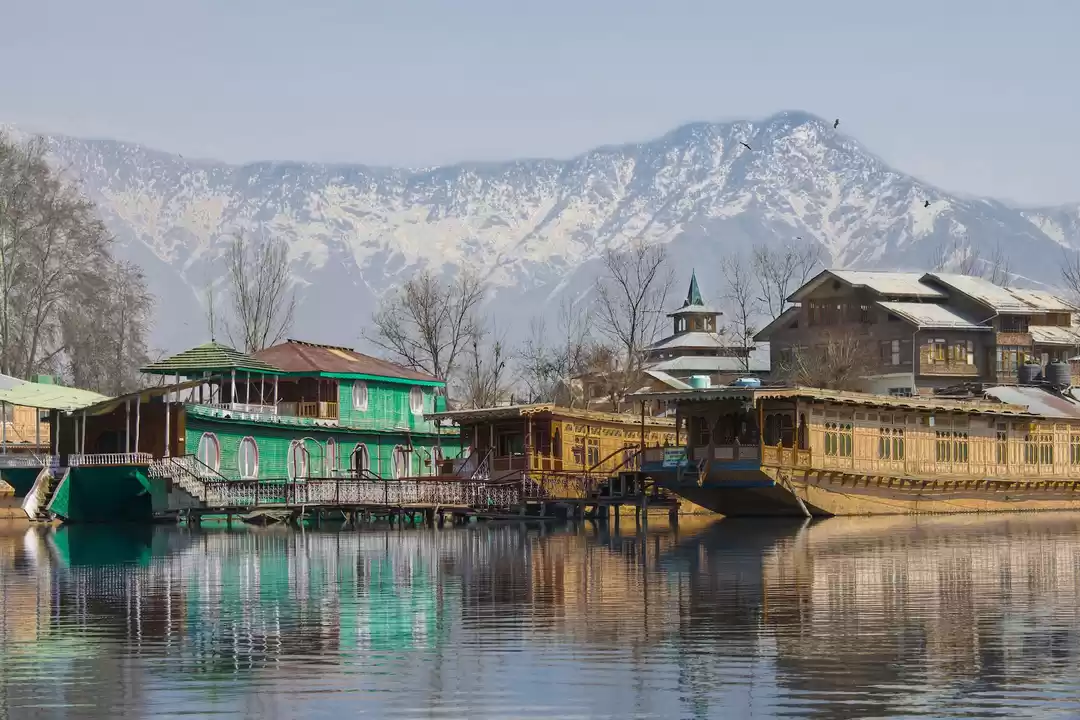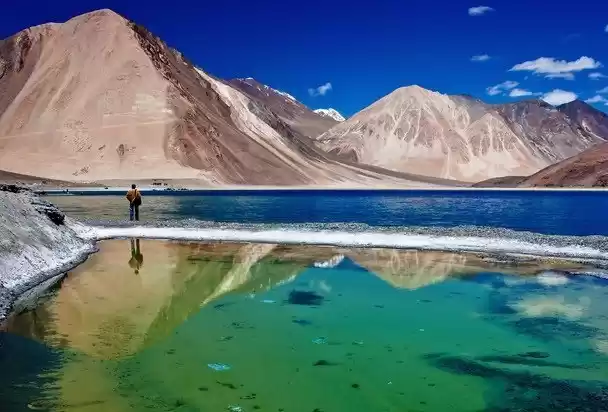In the largely Buddhist-dominated autonomous region of Ladakh, the village of Turtuk is an oddity. It is predominantly Muslim and the people here speak a different tongue called Balti. There is a distinct difference between their culture and the Buddhist culture of the rest of Ladakh. Baltis are believed to be of Aryan descent.
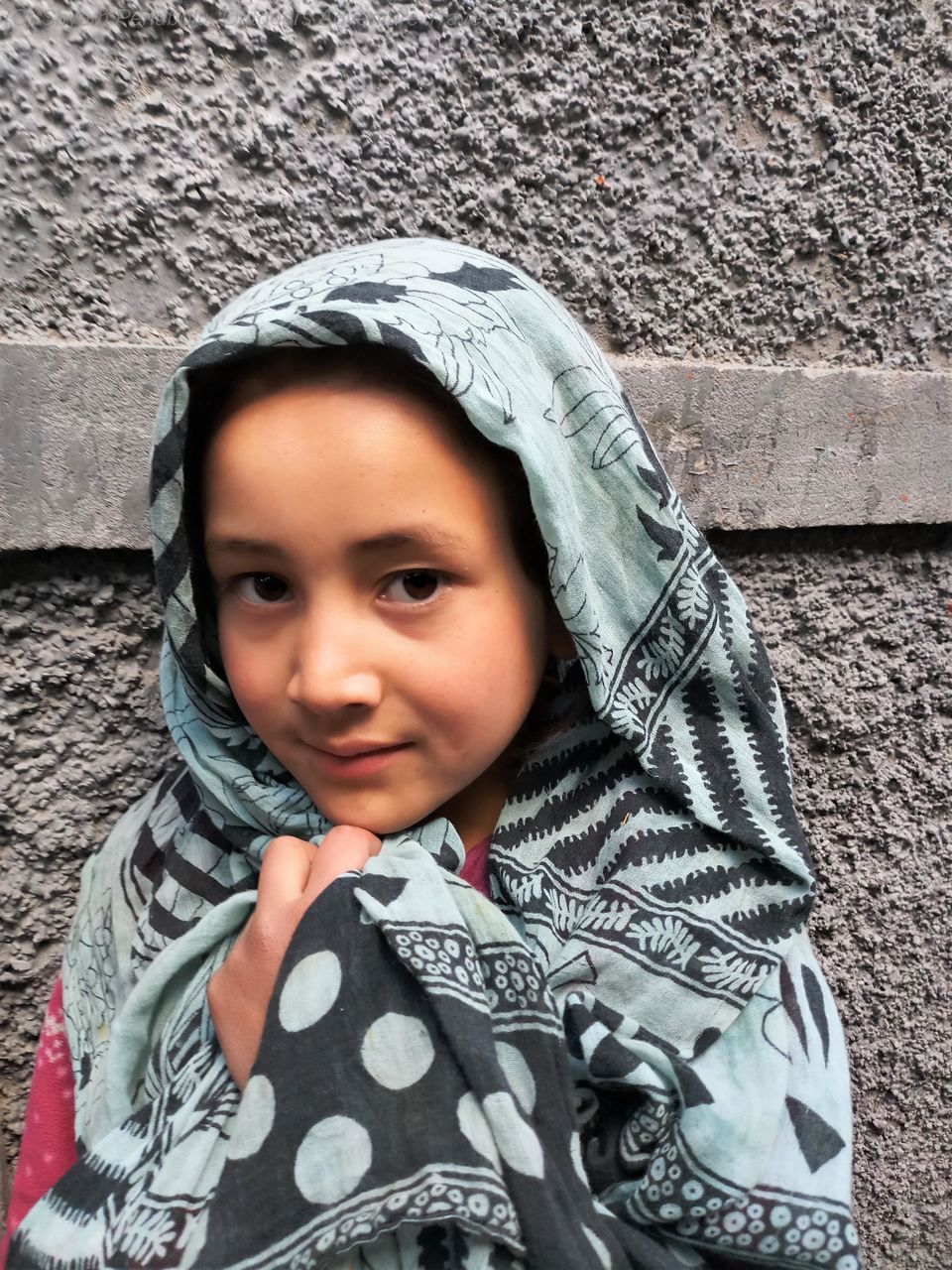
The long trip from the capital city of Leh to Turtuk takes about 6 to 7 hours and involves crossing KhardungLa pass which is considered the highest all-weather motorable pass in the world. It is customary to step out into the rarefied atmosphere and take a picture next to the signboard proclaiming the pass to be one of the highest in the world!
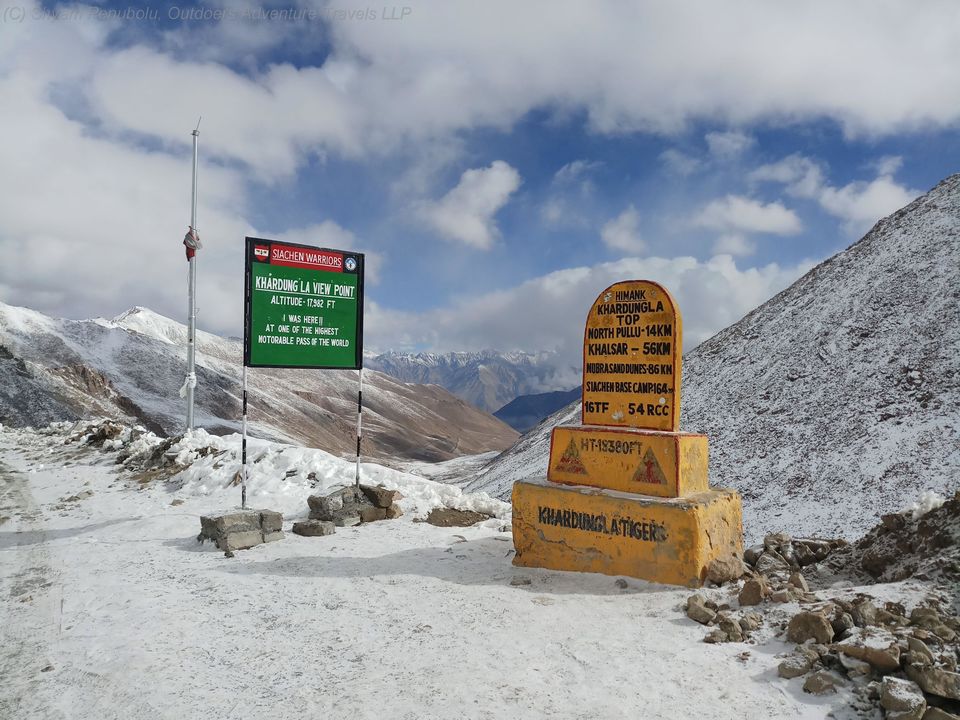
The valley on the other side of Khardungla pass is Nubra valley. Lush villages and verdant farm plots are testimony to the less harsh climate of this valley. Being lower in altitude than Leh valley, it enjoys warmer weather for a good part of the year.
A tall statue of Maitreya Buddha announces your arrival at Diskit, the capital of Nubra.
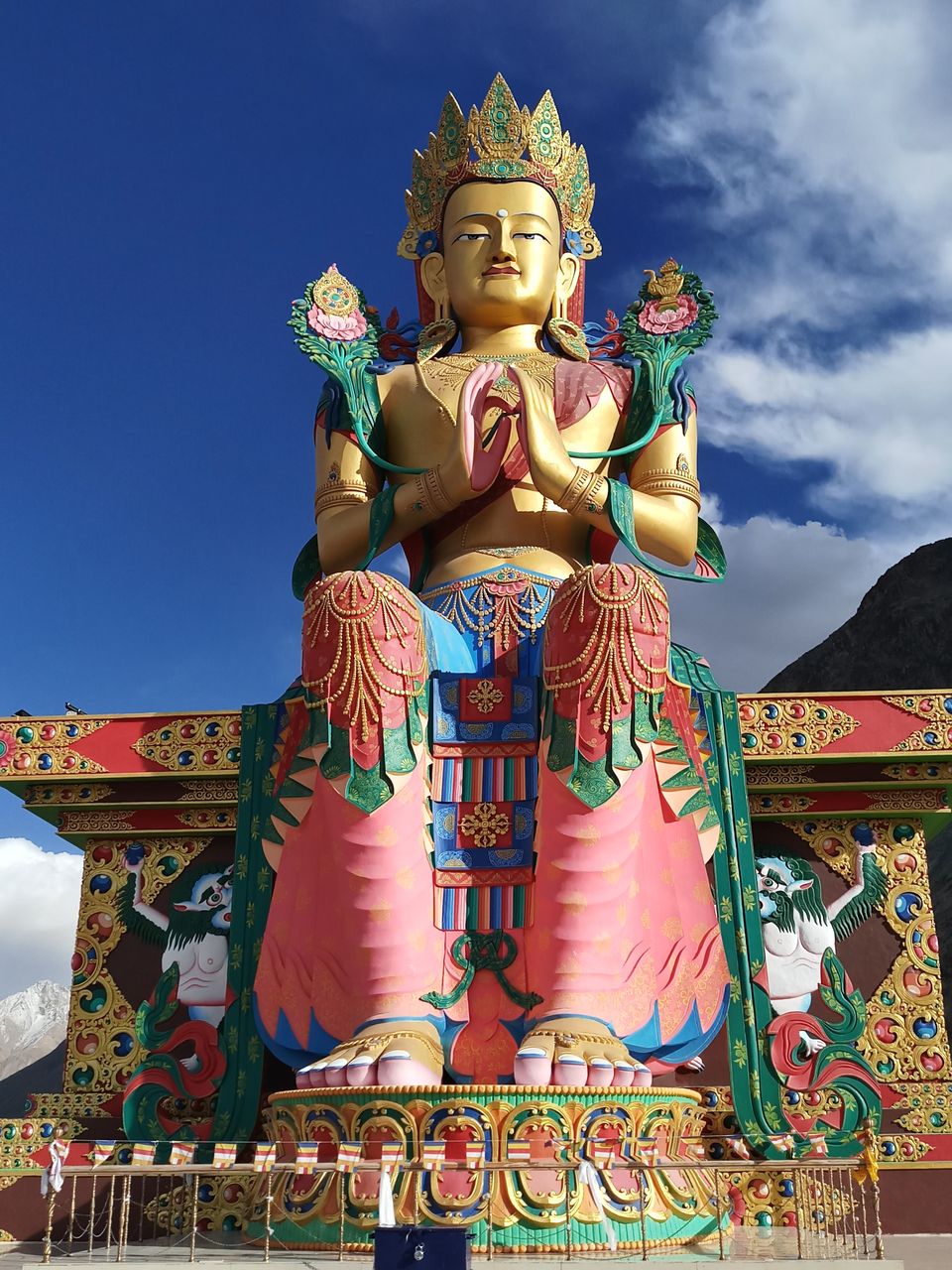
Turtuk is a further 80 km from Diskit. The fragile, stark mountainsides and the deep blue Shyok river keep one company during this stretch of the journey.
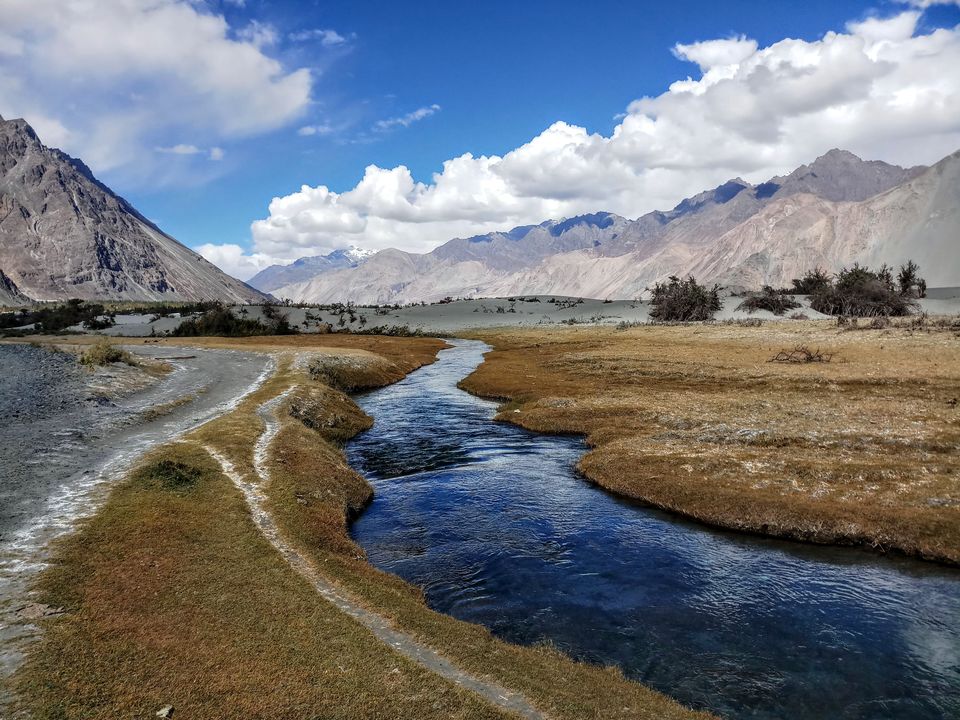
Turtuk opened doors to tourists only in 2010. Foreign tourists prefer to spend at least a couple of days in this quaint village to soak in the sights and get a feel of the place. Indian tourists on the other hand, usually stay in the relative comfort of Diskit or Hunder and make a day trip to Turtuk.
Upper Turtuk comprises of about a couple of hundreds of stone houses. Unfortunately the newer brick and cement constructions mar the beauty of the place. Yet the existing old houses built in the traditional style, the cobblestone alleys (slowly being replaced with concrete walkways) and the gushing water channels found all over the village exude an old-world charm.
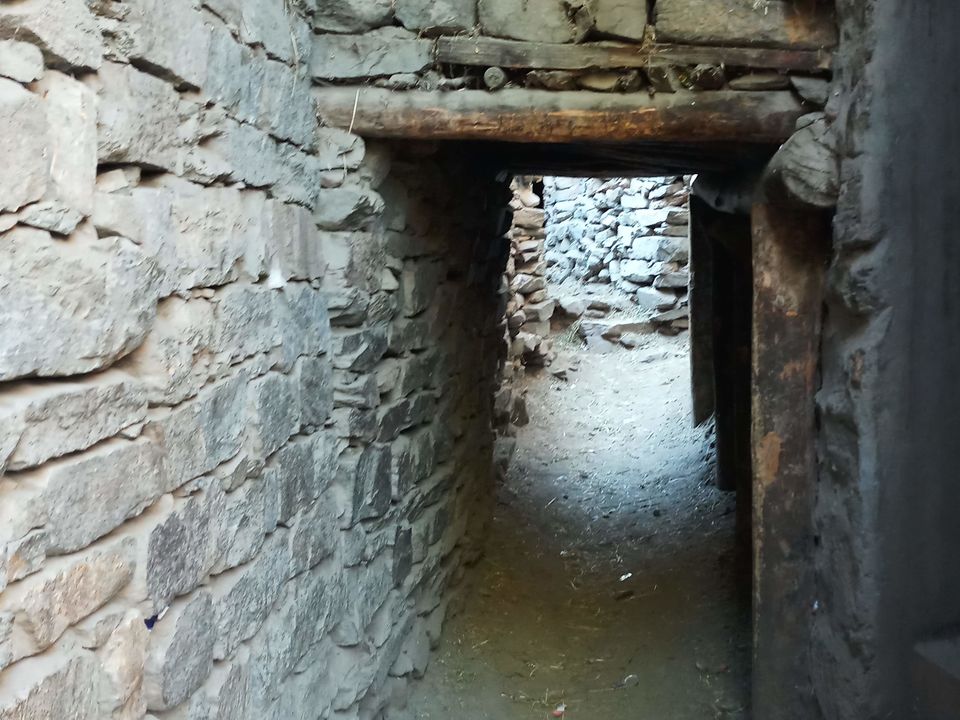
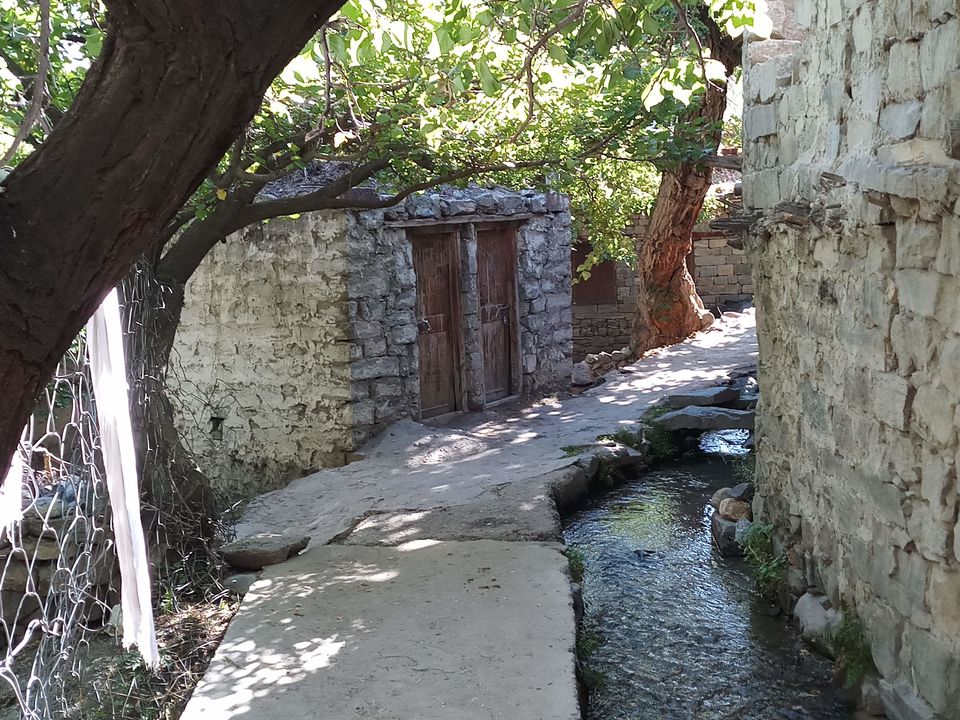
The people of Turtuk also harness the power of water ingeniously for irrigation as well as for operating water mills - I came across three working mills in the village.
So, what does one do while in Turtuk? Well, go on long walks in the village or simply put up one's feet and watch the villagers going about their routine chores in the the fields. A few places worth visiting are -
i) the royal 'palace' of the Yagbo dynasty (the earlier rulers of Turtuk) which now serves as a museum that traces the history of the dynasty.
ii) Balti Heritage museum - a traditional Balti home that displays several traditional local artifacts.
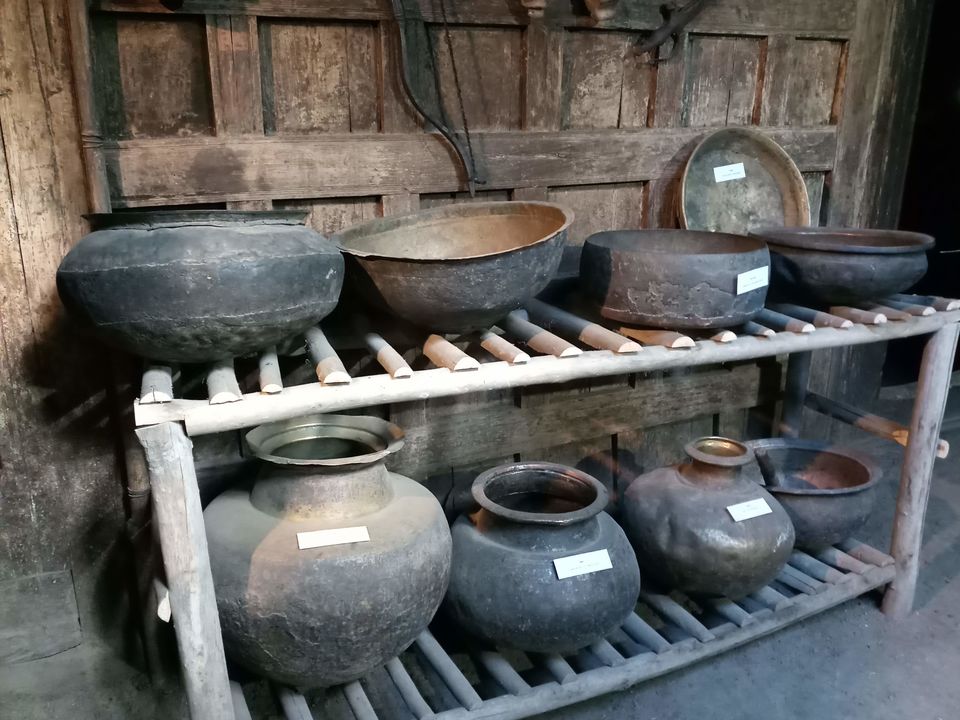
iii) the Buddhist monastery which is about 1 km away from the village. The monastery itself isn't impressive but the walk through a poplar 'forest', fields and a Balti graveyard is quite nice.
For those people interested in sampling local cuisine - I found a couple of restaurants serving authentic Balti dishes such as buckwheat pancakes and pasta- Friends Cafe and Balti Kitchen.
Turtuk (and Nubra Valley, in general) being at a lower altitude than Leh enjoys warmer weather for a good part of the year. It is possible to grow two crops in a year here as opposed to just one in the rest of Ladakh. Buckwheat and barley are the main crops. Many homes also have an interesting kitchen garden. Unlike the typical, well-manicured urban kitchen gardens these looked unkempt, crowded with a variety of plants and not much spacing between the plants. But they all looked very lush and bountiful!
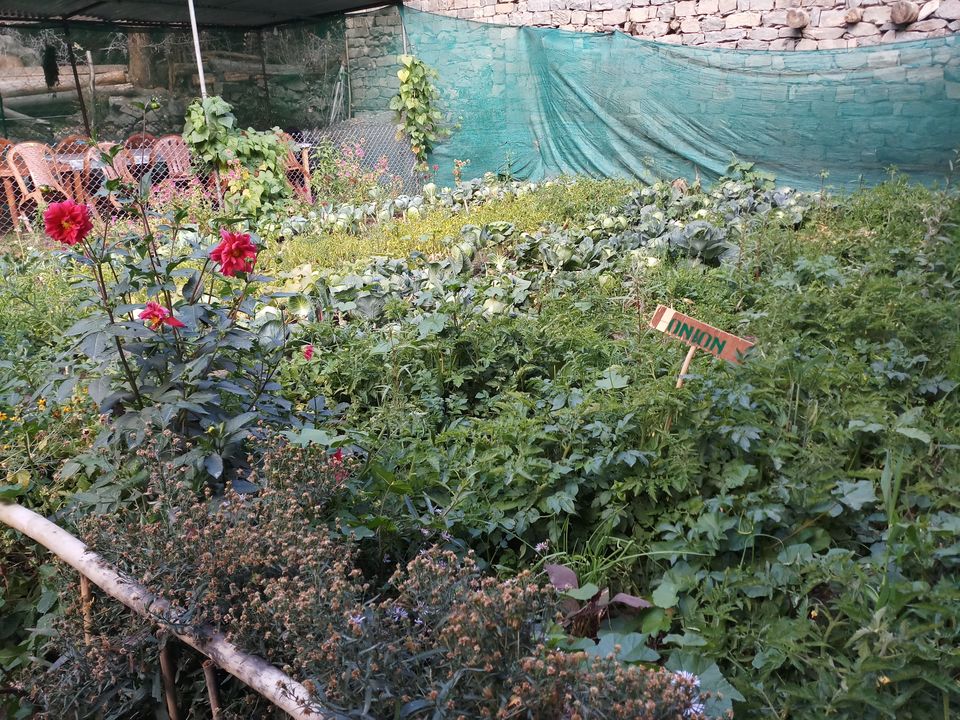
It was fascinating to know that Turtuk and other villages in the vicinity were part of Pakistan until the 1971 war. The Indian army marched into erstwhile-Pakistani territory and annexed Turtuk and the surrounding region. The stories I heard from a couple of the older folks were truly intriguing. Ahmed, an old gentleman who runs a small grocery store recounts the day Turtuk was captured by India. His wife's people were from a neighbouring village that remained part of Pakistan. To date, there has been no communication with his wife's family! I asked another old gentleman, Mohammad, if his family had relatives in Pakistani villages across the border. He told me he had cousins in a neighbouring village in Pakistan. His brother had gone to visit someone in the village but could not return as India captured Turtuk and the borders were sealed. In this case, the family kept in touch with their relatives across the border over phone. In fact they visited them a few years ago. But of course, they had to travel more than 1000 kilometres to the Wagah border and a similar distance in Pakistan to visit their relatives who lived about 15 kilometres away! These stories were recounted in a matter-of-fact manner - I guess time has healed the wounds and the pain has ceased.
All in all, a lovely stay in a quaint village and truly intriguing stories to listen to!
See www.outdoers.in for standard itineraries in Ladakh as well as other parts of the Indian subcontinent.



